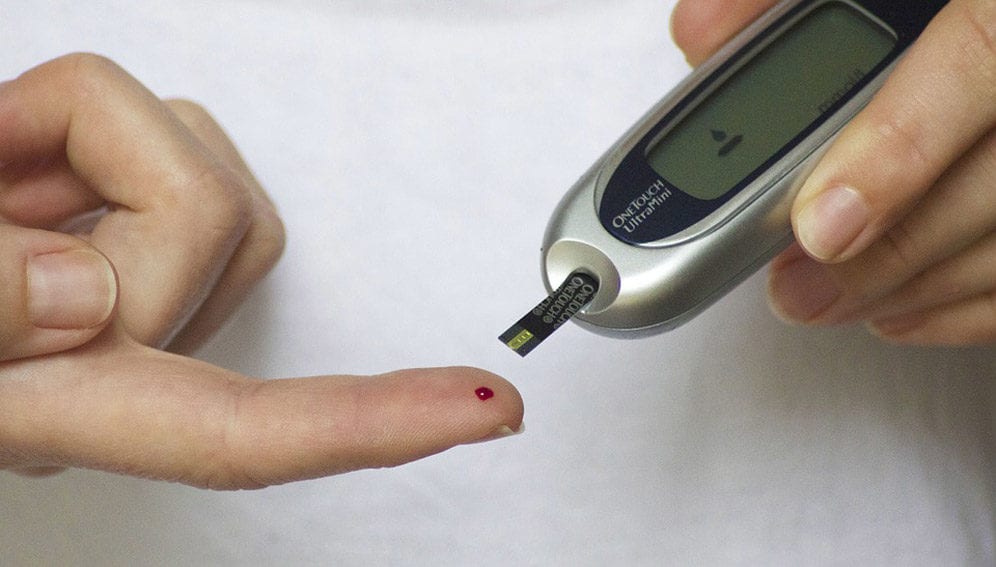17/04/19
Managing diabetes key to lowering kidney disease

By: Neena Bhandari
Send to a friend
The details you provide on this page will not be used to send unsolicited email, and will not be sold to a 3rd party. See privacy policy.
[SYDNEY] Growing incidences of diabetes and obesity are increasing the burden of kidney disease in the Asia Pacific region, noted the International Society of Nephrology’s (ISN) Report on Global Kidney Health Atlas launched at the World Congress of Nephrology (April 12 to 15) in Melbourne, Australia.
The report highlighted the urgent need for appropriate diabetes management practices to reduce the burden of end-stage kidney disease (ESKD)— also referred to as end-stage renal disease—the last stage of long-term chronic kidney disease. Between 2001 and 2014, ESKD incidences increased by over 1,000 per cent in Thailand, 190 per cent in the Philippines and 162 per cent in Malaysia, with diabetes being the cause in majority of the cases. Globally, 160 million patients with Type 2 diabetes are at risk of developing chronic kidney disease.
“If treated and managed early, one can slow the progression of renal disease and prevent people from needing dialysis. Two-thirds to 90 per cent of the population in some of the Asia Pacific countries aren’t getting access to dialysis”
Peter Kerr, ISN Oceania and South-East Asia Regional Board
Findings of a new landmark clinical trial presented on the concluding day of the Congress show that a drug, Canagliflozin, approved to lower blood sugar levels in people with diabetes, led to an approximately one-third reduction in ESKD and death from renal causes. The CREDENCE (Canagliflozin and Renal Endpoints in Diabetes with Established Nephropathy Clinical Evaluation) trial was led by the Sydney-based The George Institute for Global Health.
Kidney disease is a key contributor to the global non-communicable diseases (NCDs) burden both as a cause and a consequence of other major NCDs — hypertension, stroke and cardio-vascular disease. Preventing kidney disease by screening for diabetes, tackling obesity and managing blood sugar levels and high blood pressure are known to be more cost-effective than treating for renal complications.
Peter Kerr, chair of the ISN Oceania and South-East Asia Regional Board, and director of Nephrology, Monash Medical Centre in Melbourne, tells SciDev.Net, “In South-East Asia, there is a lack of recognition of increasing obesity. The rate of obesity has rocketed up in Malaysia, where 20 per cent of the adult population is now diabetic. This will lead to escalation in renal diseases and failure. Taiwan, where the rate of diabetes had gone really high, now has the highest rate of renal failure in the world.”
“Throughout the region, the occurrence of renal disease is between eight and 12 per cent of the population. A simple urine test for protein can detect early signs of kidney disease. If treated and managed early, one can slow the progression of renal disease and prevent people from needing dialysis. Two-thirds to 90 per cent of the population in some of the Asia Pacific countries aren’t getting access to dialysis,” Kerr adds.
The ISN’s second Global Kidney Health Atlas shows that in low-income countries, many of which are in the Asia Pacific region, only four per cent of people have access to renal replacement therapies (RRT). These therapies include peritoneal dialysis (whereby the inside lining of the patient’s abdomen acts as a natural filter), haemodialysis (in which a machine is used to filter the patient’s blood), and renal transplantation.
Among the south Pacific Island countries, only Samoa and Tahiti have a government-funded dialysis service. David Voss, medical director of KidneyKare Ltd., New Zealand, and visiting nephrologist at the National Kidney Foundation of Samoa says, “We can deliver affordable, more effective, better quality RRT in end-stage kidney disease in Samoa through more kidney transplantation and educating the patients and family to do home dialysis.”
Dibya Singh Shah, Head of the Nephrology Department at the Tribhuvan University Teaching Hospital in Kathmandu (Nepal) and a former* ISN Fellow at the Monash Medical Centre suggests following the example of other countries.She says, “We can learn and emulate the policies and guidelines for transplantation from developed countries. Nepal has strict rules on who can be a kidney donor. This is to discourage transplant tourism and prevent poor people from being exploited by organ traffickers. Besides family and relatives, we now have a deceased donor programme.”
The Congress ended with a recommendation for equitable access to prevention, detection, management and treatment of kidney disease to avert two million annual deaths globally due to little or no access to dialysis or transplantation.
This piece was produced by SciDev.Net’s Asia & Pacific desk.
* This article was amended on 19 April 2019 to refer to Dibya Singh Shah as a former ISN Fellow at the Monash Medical Centre.













